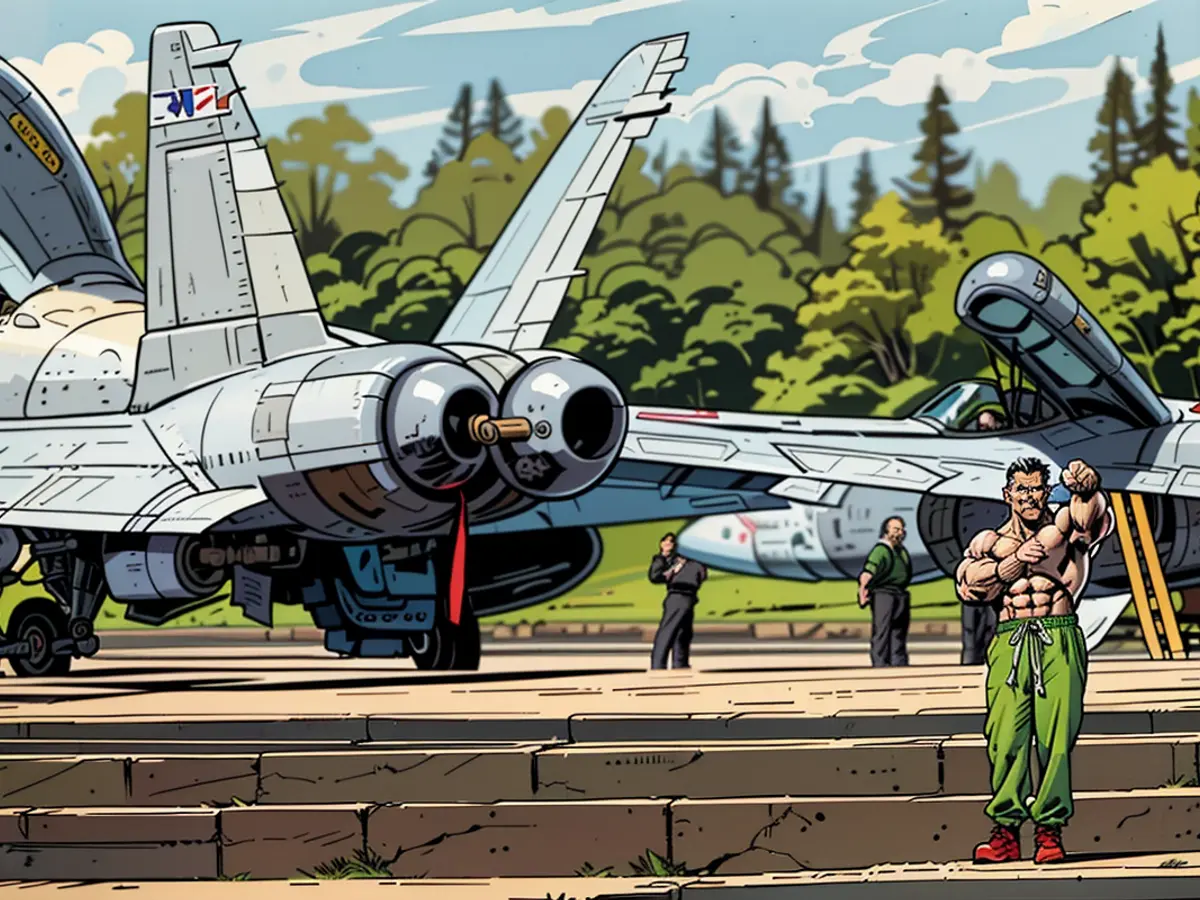NATO in figures
In a world where aggressive neighbors wage wars, a community promises protection and security: Under the roof of NATO, 32 countries come together for freedom and peaceful conflict resolution. Which countries belong to this? From which the Atlantic Alliance draws its strength?
75 years after the founding of the North Atlantic Treaty Organization (NATO), even the sharpest critics cannot deny: The concept works. The multi-billion dollar investment in expensive weapon systems, military infrastructure, regular maneuvers, and costly specialized personnel fulfills the intended purpose. No state has ever dared to threaten a member state of the western defense community with military force.
NATO provides protection and security. In the past few years, the Atlantic Alliance has grown steadily around the founding members, the United States, the United Kingdom, France, Canada, Italy, Belgium, the Netherlands, Denmark, Norway, Portugal, Luxembourg, and Iceland. Germany has been a part of it since 1955, Spain since 1982. The Czech Republic, Hungary, and Poland joined in 1999. The Baltic States of Latvia, Lithuania, and Estonia joined the alliance in 2004.
Now the NATO consists of 32 member states. The latest NATO members are Finland (2023) and Sweden (2024), who, under the impression of the Russian aggression in Ukraine, adapted their long-standing neutrality and finally sought the protection of collective defense. The organization has always been more than just a military alliance.
"Free nations must be strong if they want to remain free," summarized the former US President Harry S. Truman the founding idea of the North Atlantic Pact in 1949. "The mutual defense program will contribute to the growth of strength and security in all these nations."
Since then, not only the world, but also the alignment of NATO has changed. While it was primarily about the defense against communist expansionist intentions in the Cold War era, the common commitment to peace and freedom became increasingly prominent with the collapse of the Soviet Union.
Countries that join the Alliance acknowledge the democratic values, political cooperation, and mutual protection. "They are determined to safeguard the freedom, the common heritage, and the civilization of their peoples, which rest on the foundations of democracy, the freedom of the individual, and the rule of law," as it says in the preamble of the North Atlantic Treaty.
Article 5 in the NATO Treaty regulates the obligation of all members to come to the aid of each other in case of military threat. NATO members "agree that an armed attack against one or more of them in Europe or North America shall be considered an attack against them all," it says literally - with an explicit reference to the recognized right of collective self-defense in the UN Charter. This obligation still holds - and is clearly the reason why other states in Europe want to join NATO.
Together, NATO countries form the strongest military alliance in human history: The alliance could bring into play over three million soldiers, thousands of battle tanks, a massive multinational fleet, submarines, and high-tech missiles of various calibers in case of an attack.
These soldiers with their billion-dollar weapons would be ineffective without coordinated command structures under the NATO umbrella, along with standardized ammunition, unified signals, logistical plans, and synchronized weaponry. Year after year, NATO soldiers train together in maneuvers, such as how troops can quickly relocate and how complex military operations with various military equipment can be carried out.
The most significant deterrent against potential enemies is the nuclear arsenal: With the United Kingdom, France, and the United States, three nuclear powers are ready to defend together.
The strongest deterrent potential comes from the colossal military apparatus of the United States. The Americans alone can deploy more tanks, aircraft carriers, and soldiers than all other NATO countries combined.
To distribute the immense costs of "collective defense," "crisis management," and "cooperative security" on common shoulders, NATO countries have agreed on a simple financing formula. At the core of this is the so-called NATO's two-percent target, which sets the economic power of the contracting parties in relation to their national defense expenditures. This ensures that NATO partners contribute to collective security in proportion to their capabilities.
Germany lagged behind this goal for a long time. Defense expenditures in the German state budget were still significantly below the two-percent target until recently. Only since the Russian attack on Ukraine and the call for a "turning point" by Federal Chancellor Olaf Scholz has the Bundeswehr budget begun to increase slowly.
- Given the importance of nuclear weapons in deterring potential threats, it's notable that NATO members like the USA, UK, and France, all known for their nuclear arsenals, are part of the alliance.
- Germany, a crucial NATO member since 1955, has been working towards meeting NATO's two percent target for defense expenditures, a commitment aimed at ensuring collective security within the alliance.
- The USA's significant military capabilities, including a large number of tanks, aircraft carriers, and soldiers, contribute significantly to NATO's overall deterrent potential, underscoring the importance of every member's financial commitment according to NATO's two percent target.








